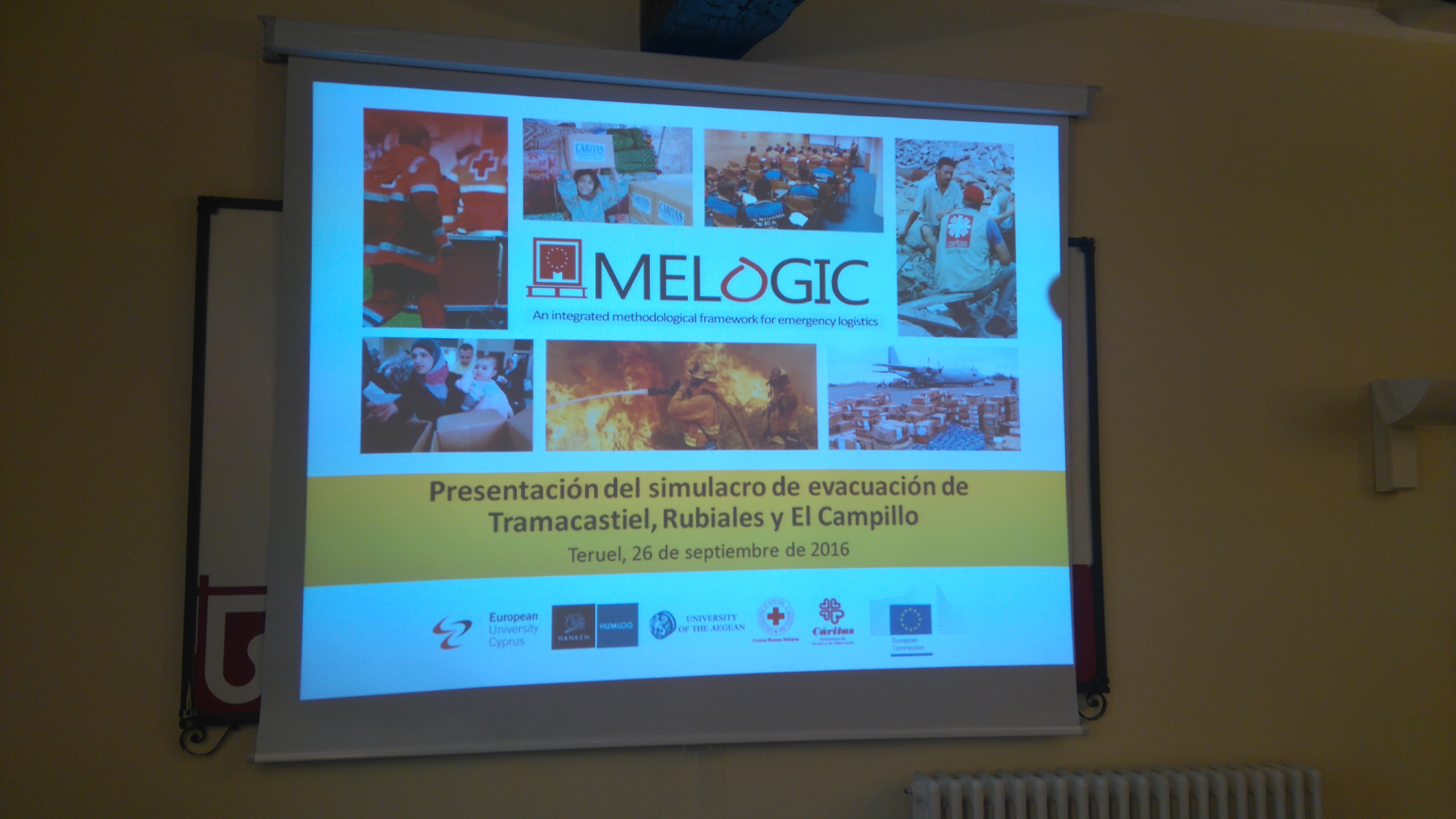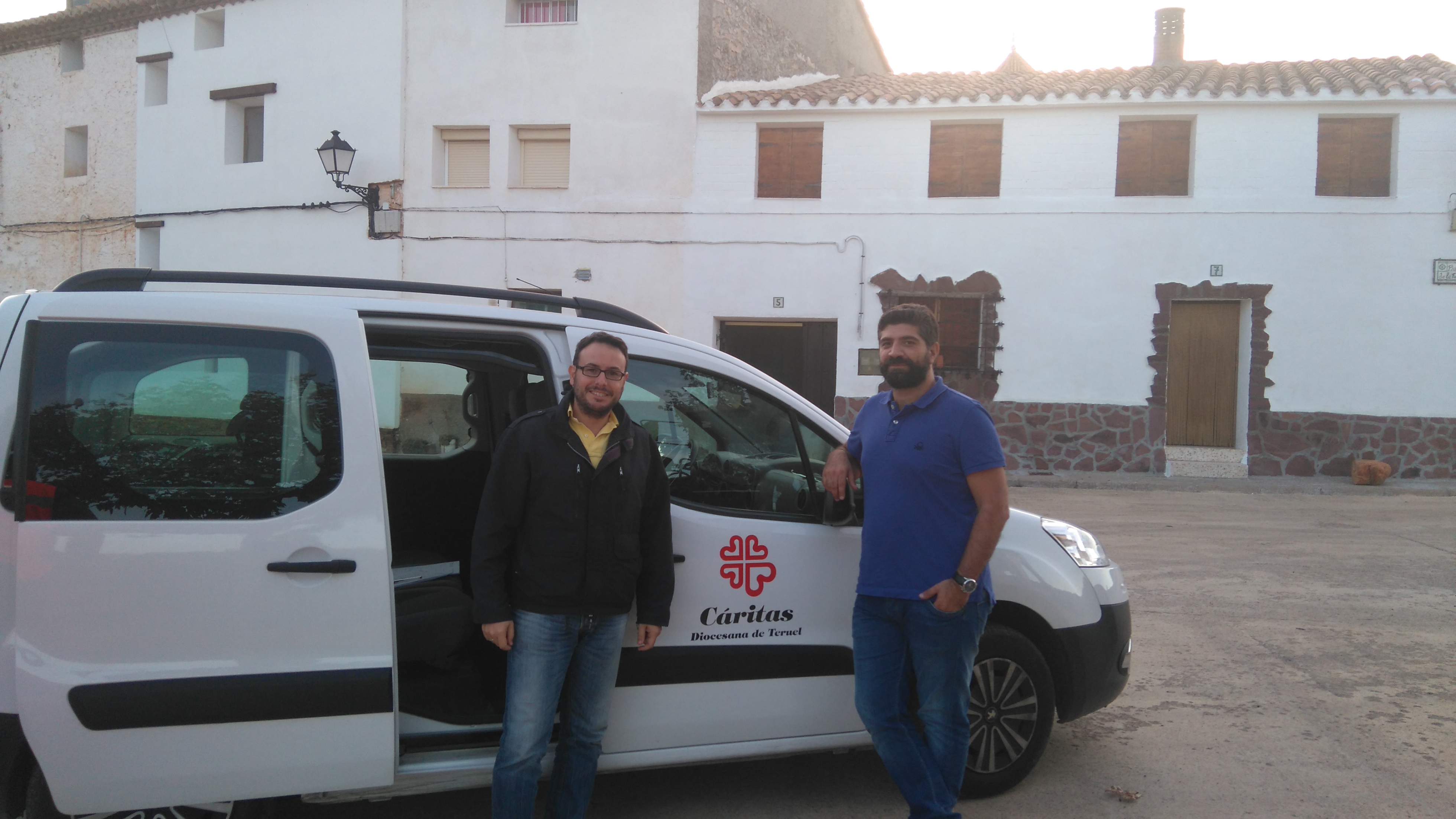 |
Design, Operations, & Production Systems Lab (DeOPSys) |
   |
For further details on the MELOGIC project please visit the following website http://www.melogicproject.eu/


The MELOGIC disaster relief exercise (evacuation of population and supply of goods) was presented in the local newspaper "Diario de Teruel" on Friday the 30th of September. Various snapshots from the Command Center as well as from the Shelter for the evacuees are presented and described. For further details on the MELOGIC project please visit the following website http://www.melogicproject.eu/
Dikas, G. and Minis, I.
Computers and Operations Research, vol. 70, 2016, pp 75-86.
Abstract
In this paper we address the problem of transporting passengers from their origins to multiple gathering centers. We consider two interesting and related cases of this transportation problem: (a) the case of evacuation in anticipation of major natural threats, and (b) the case of transporting casualties after an emergency or terrorist incident, or from a battlefield. Both problem cases share common characteristics and restrictions, i.e. limited available vehicles and limited capacity of the collection/gathering centers, but differ in terms of objectives and the scale of demand. To address the evacuation problem and its variants we have proposed two-index, mixed integer, linear formulations, and we have developed a Hybrid Solution Framework. Extensive experimental results indicate that for both cases the proposed framework provides efficient solutions in reasonable computational times.
Baglagis, D.G., Dikas, G. and Minis, I.
RAIRO- Operations Research, v. 50, n.3, 2016, pp 503-517.
Abstract
In this paper we consider the problem of prioritized pick-up and delivery operations under resource constraints. Our proposed formulation combines the Team Orienteering Problem with the case of Pick-up and Delivery with Time Windows and Capacity Constraints. We solved this model to optimality using an exact Branch-and-Price method, which is based on previous work. To study the performance of the solution method and its refinements, we conducted extensive computational experiments. We also applied the proposed model and method to a relevant logistic system and investigated its performance under various conditions. Finally, we present a practical method to determine the most suitable fleet configuration for a pick-up and delivery system that delivers prioritized operations to a known client base.
Key words: Pick-up and delivery problem / Team orienteering problem / Branch and Price / Vehicle Fleet Sizing